Nationality American Pseudonym(s) Paul Creddick | Name Jim Shooter Role Writer | |
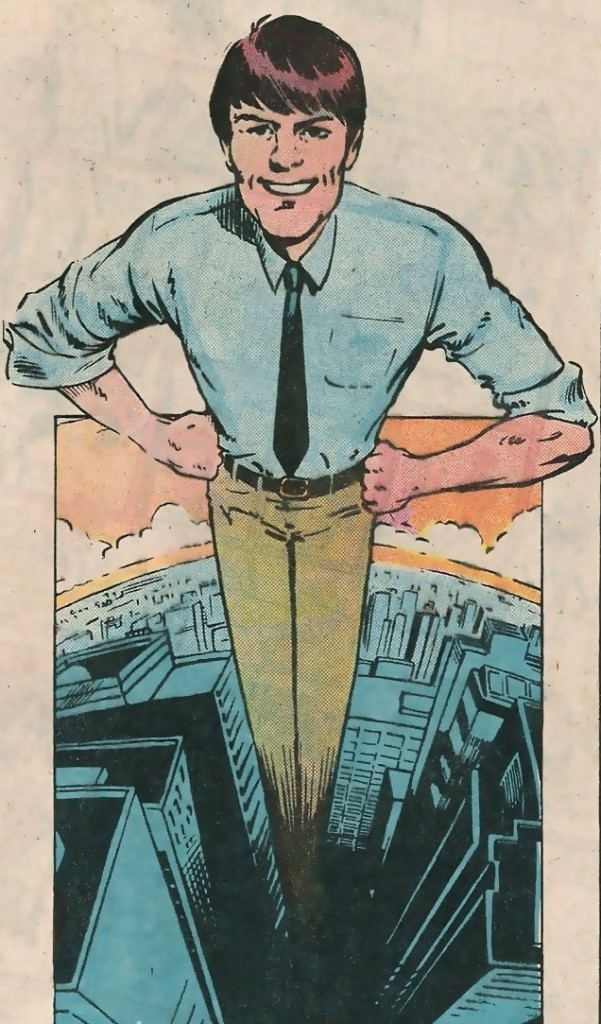 | ||
Notable works Legion of Super-HeroesSecret Wars Awards Eagle Award, 1979Inkpot Award, 1980 Books Legion of Super‑heroes Archives, Legion of Super‑Heroes: Enemy m, Secret Wars, X‑O Manowar: Birth, Mighty Samson: Judgment Similar People | ||
A look back with jim shooter
James Shooter (born September 27, 1951) is an American writer, occasional fill-in artist, editor, and publisher for various comic books. He started professionally in the medium at the age of 14, and he is most notable for his successful and controversial run as Marvel Comics' ninth editor-in-chief, and his work as editor in chief of Valiant Comics.
Contents
- A look back with jim shooter
- JIM SHOOTER Comic Book Writing
- Early life
- DC Comics
- Marvel Comics
- Valiant Comics
- 19922010s
- Prescribed story criteria
- Awards and recognition
- References
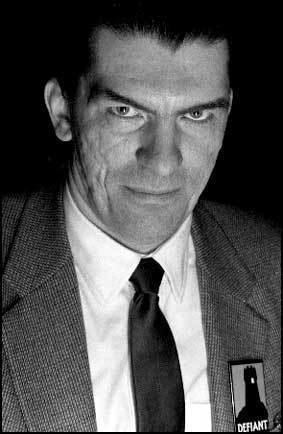
JIM SHOOTER - Comic Book Writing
Early life

Jim Shooter was born in Pittsburgh, Pennsylvania, to parents Ken and Eleanor "Ellie" Shooter, who are of Polish descent. Shooter read comics as a child, though he stopped when he was about eight years old. His interest in the medium was rekindled in 1963, at the age of twelve, through the comics in the children's ward of the hospital where he convalesced after undergoing minor surgery. He found the DC Comics stories to be similar to the DC stories he had previously read, but was impressed with the style of the Marvel Comics, which had only begun publication two years earlier. Thinking that if he learned to write the types of stories that Marvel published, he would be an asset to DC Comics – whose books, Shooter felt, "needed the help" – Shooter spent about a year reading and studying comics from both companies.
DC Comics
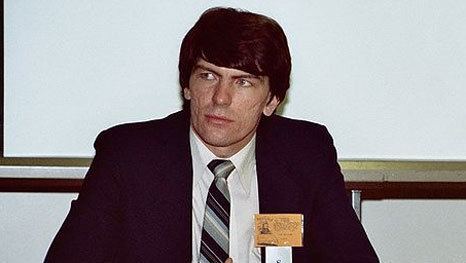
At age 13, in mid-1965, he wrote and drew stories featuring the Legion of Superheroes, and sent them in to DC Comics. On February 10, 1966, he received a phone call from Mort Weisinger, who wanted to purchase the stories Shooter had sent, and commissioned Shooter to write a Supergirl and Superman stories. Weisinger eventually offered Shooter a regular position on Legion, and wanted Shooter to come to New York to spend a couple of days in his office. Shooter, who was 14 and lived in Pittsburgh, had to wait until school was in recess, after which he went to New York with his mother, spurred in part by the need to support his financially struggling parents.
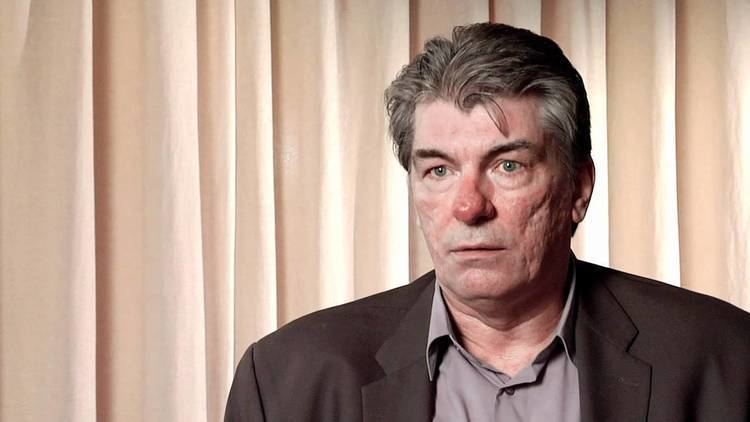
According to Shooter, his father earned very little as a steelworker, and Shooter saw comic-book writing as a means of helping economically. Shooter reflected in a 2010 interview:
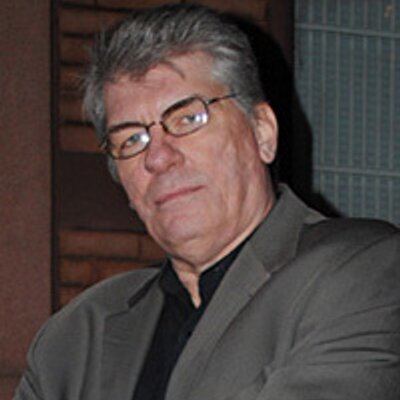
My family needed the money. I was doing this to save the house; my father had a beat-up old car and the engine died – this is before I started working for DC – and that first check bought a rebuilt engine for his car so he didn't have to walk to work anymore. I was doing this because I had to, working my way through high school to help keep my family alive.
At 14, Shooter began selling stories to DC Comics, writing for both Action Comics and Adventure Comics, beginning with Adventure Comics No. 346 (July 1966), and providing pencil breakdowns as well. Shooter created several characters for the Legion of Super-Heroes including Karate Kid, a teenage superhero who predated the martial arts fad of the 1970s; Ferro Lad, a teenage superhero who can transform to living iron; and Princess Projectra, who could cast realistic illusions; as well as the Sun-Eater and the group of ultra-powerful villains known as The Fatal Five. He also created the Superman villain the Parasite in Action Comics No. 340 (Aug. 1966). Shooter and artist Curt Swan devised the first race between the Flash and Superman, two characters known for their super-speed powers, in "Superman's Race With the Flash!" in Superman No. 199 (Aug. 1967). Shooter wrote the first issue of Captain Action (Oct.-Nov. 1968), which was DC's first toy tie-in.
In 1969 Shooter was accepted into New York University, but after graduating from high school he successfully applied for a job at Marvel Comics. Unable to pursue both his studies and work for Marvel, he decided against going to New York University and quit working for DC as well. While at Marvel he worked as an editor and occasional co-plotter, taking his residence at the YMCA, but after only three weeks his financial situation compelled him to give up the post and return home to Pittsburgh.
After leaving Marvel, Shooter took up work in advertising concepts, writing, and illustration for several years, supporting himself through an assortment of menial jobs during periods when advertising work was unavailable. An interview for a Legion of Super-Heroes fanzine led to his again applying to both Marvel and DC. Though both companies offered him work, Shooter opted to return to DC because they had offered him more prestigious assignments: Superman and a chance to again write Legion of Super-Heroes, now in their own book, Superboy and the Legion of Super-Heroes. However, his relationships with both Superman editor Julius Schwartz and Legion editor Murray Boltinoff were unpleasant, and Shooter claims that for varying reasons the two editors forced him to do a number of unnecessary rewrites. In December of 1975, Marvel editor-in-chief Marv Wolfman called to offer him an editorial position.
Marvel Comics
In the mid-1970s, Marvel Comics was undergoing a series of changes in the position of Editor-in-Chief. After Roy Thomas stepped down from the post to focus on writing, a succession of other editors, including Len Wein, Marv Wolfman, Gerry Conway, and Archie Goodwin, took the job during a relatively short span of time, only to find the task too daunting as Marvel continued to grow and add new titles and a larger staff to turn out material. On January 2, 1976, Shooter joined the Marvel staff as an assistant editor and writer.
With the quick turnover at the top, Shooter rapidly found himself rising in the ranks, and in 1978 he succeeded Archie Goodwin to become Marvel's ninth editor-in-chief. During this period, publisher Stan Lee relocated to Los Angeles to better oversee Marvel's animation, television and film projects, leaving Shooter largely in charge of the creative decision-making at Marvel's New York City headquarters. Although there were complaints among some that Shooter imposed a dictatorial style on the "Bullpen", he cured many of the procedural ills at Marvel, successfully managed to keep the line of books on schedule (ending the widespread practice of missed deadlines), add new titles, and develop new talent. Marvel enjoyed some of its best successes during Shooter's nine-year tenure as Editor-in-Chief, such as Chris Claremont and John Byrne's run on the Uncanny X-Men, Byrne's work on the Fantastic Four, Frank Miller's series of Daredevil stories, Walt Simonson's crafting of Norse mythology with the Marvel Universe in Thor, and Roger Stern's runs on both the Avengers and The Amazing Spider-Man.
In 1981, Shooter brought Marvel into the lucrative comic book specialty shop market with Dazzler #1. Featuring a disco-themed heroine with ties to the X-Men (based upon an unproduced motion picture set to star Bo Derek), the first issue of this series was sold only through specialty stores, bypassing the then-standard newsstand/spin rack distribution route altogether, as a recognition by Marvel of the growing comics shop sector. Subsequent issues of Dazzler, however, were sold through newsstand [returnable] accounts as well. Dazzler was the first direct sales-only ongoing series from a major publisher; other Marvel titles, such as Marvel Fanfare and Ka-Zar, soon followed. Later that same year, Shooter wrote Marvel Treasury Edition No. 28 which featured the second Superman and Spider-Man intercompany crossover. Additionally in 1981, Shooter was recognized as one of six "New Yorkers of the Year" by the New York chapter of the JayCees, for his "contributions toward revitalizing the comics industry and helping Marvel Comics achieve a new pinnacle of success." Shooter also institutionalized creator royalties, starting the Epic imprint for creator-owned material in 1982; introduced company-wide crossover events, with Marvel Super Hero Contest of Champions and Secret Wars; and launched a new, albeit ultimately unsuccessful, line named New Universe, to commemorate Marvel's 25th anniversary, in 1986.
Despite his success in revitalizing Marvel, Shooter angered and alienated a number of long-time Marvel creators by insisting on strong editorial control and strict adherence to deadlines. Although he instituted an art-return program, and implemented a policy giving creators royalties when their books passed certain sales benchmarks or when characters they worked on were licensed as toys, Shooter occasionally found himself in well-publicized conflicts with some writers and artists. Creators such as Steve Gerber, Marv Wolfman, Gene Colan, John Byrne, and Doug Moench left to work for DC or other companies. Roy Thomas, who left Marvel following a contract dispute with Shooter, reflected in 2005 on Shooter's editorial policies:
When Jim Shooter took over, for better or worse he decided to rein things in – he wanted stories told the way he wanted them told. It's not a matter of whether Jim Shooter was right or wrong; it's a matter of a different approach. He was editor-in-chief and had a right to impose what he wanted to. I thought it was kind of dumb, but I don't think Jim was dumb. I think the approach was wrong, and I don't think it really helped anything.
Shooter was fired from Marvel in 1987.
Valiant Comics
Shooter and his investors then founded a new company, Voyager Communications, which published comics under the Valiant Comics banner, entering the market in 1989 with comics based on Nintendo and WWF licensed characters. Two years later Valiant entered the superhero market with a relaunch of the Gold Key Comics character Magnus, Robot Fighter. Shooter brought many of Marvel's creators to Valiant, including Bob Layton and Barry Windsor-Smith, as well as industry veterans such as Don Perlin. Valiant also established "knob row" — taking in raw talent and teaching them how to make comics Valiant-style – and launched many careers, most notably Joe Quesada's.
Occasionally over the years, Shooter was required to fill in as penciller on various books he wrote and/or oversaw as editor. During his period as Valiant's publisher, money and talent were often at a premium, and Shooter was sporadically forced to pencil a story. To conceal this fact, he drew under the pseudonym of Paul Creddick, which is the name of his brother-in-law.
1992–2010s
After being ousted from Valiant in 1992, Shooter and several of his co-workers went on to found Defiant Comics in early 1993. Despite some initial success with the first title, the new company failed to secure an audience in the increasingly crowded direct sales market and folded after thirteen months of publishing.
In 1995, Shooter founded Broadway Comics, which was an offshoot of Broadway Video, the production company that produces Saturday Night Live, but this line folded after its parent sold the properties to Golden Books. In 1998, he spoke of a planned self-publishing, Daring Comics, with a projected eight titles including Anomalies and Rathh of God, with artist Joe James scheduled to draw at least one. Shooter returned to Valiant, by now called Acclaim Comics, briefly in 1999 to write Unity 2000 (an attempt to combine and revitalize the older and newer Valiant universes) but Acclaim folded after the completion of only three of the planned six issues.
In 2005, former Marvel Comics letterer Denise Wohl approached Shooter to create Seven, a series based on the Kabbalah. Writer Shooter created a team of seven characters, one from each continent, who are brought together in New York because they share a higher consciousness. The project, which was to be self-published by Wohl, was announced at the 2007 New York Comic Con, to debut in July of that year, and was projected to "evolve into television and film projects, video games, blogs, interactive Q&A, animation, trading cards, apparel, accessories, [and] school supplies." Wohl was to donate a portion of her proceeds to the "Spirituality for Kids Foundation."
In September 2007, DC Comics announced that Shooter would be the new writer of the Legion of Super-Heroes vol. 5 series, beginning with issue #37. Shooter's return to the Legion, a little over 30 years from his previous run, was his first major published comic book work in years. Shooter co-created the new Legionnaire Gazelle with artist Francis Manapul while on the title. His run on the series ended with issue No. 49, one issue before the book was canceled.
Shooter was hired by Valiant Entertainment, a company that bought Valiant's intellectual property in a bankruptcy auction of Acclaim Entertainment, to write from the end of 2008 into the summer of 2009.
In July 2009 Dark Horse Comics announced at the San Diego Comic-Con International that Shooter would oversee the publication of new series based on Gold Key Comics characters from the Silver Age of Comic Books, such as Turok, Doctor Solar, and Magnus, Robot Fighter, and write some of them as well. Valiant sued Shooter over his moving to write the Gold Key characters for Dark Horse as they expected to get the rights and that he interfered with their ability to license the Key characters by indicating that he would write them for Dark Horse. As of January, 2010, Valiant had given up the lawsuit against Shooter.
Jim Shooter is the subject of a volume of the University Press of Mississippi's Conversations with Comic Artists series, published in 2017.
Prescribed story criteria
While Marvel editor-in-chief in 1982, Shooter detailed what he considered the necessary qualities for a good comic book story:
. . . When I evaluate a story, should one of the essential elements listed above be missing – say, the characters are not introduced properly when they are brought onstage – I immediately suspect that the author of the "story" knoweth not what he ith [sic] doing.
Second, I look for how well the story is told. Is the conflict worthwhile? Is the climax exciting? Is the resolution satisfying? Is the plot good? Are there interesting twists and turns? Is there a theme? Is there character development? Is it dramatic? Is it entertaining? This is the really important stuff. It should go without saying that a writer or a prospective writer should know enough to meet the fundamental requirements of a story. It's the power and the passion and drama and characterization that I really look for.
